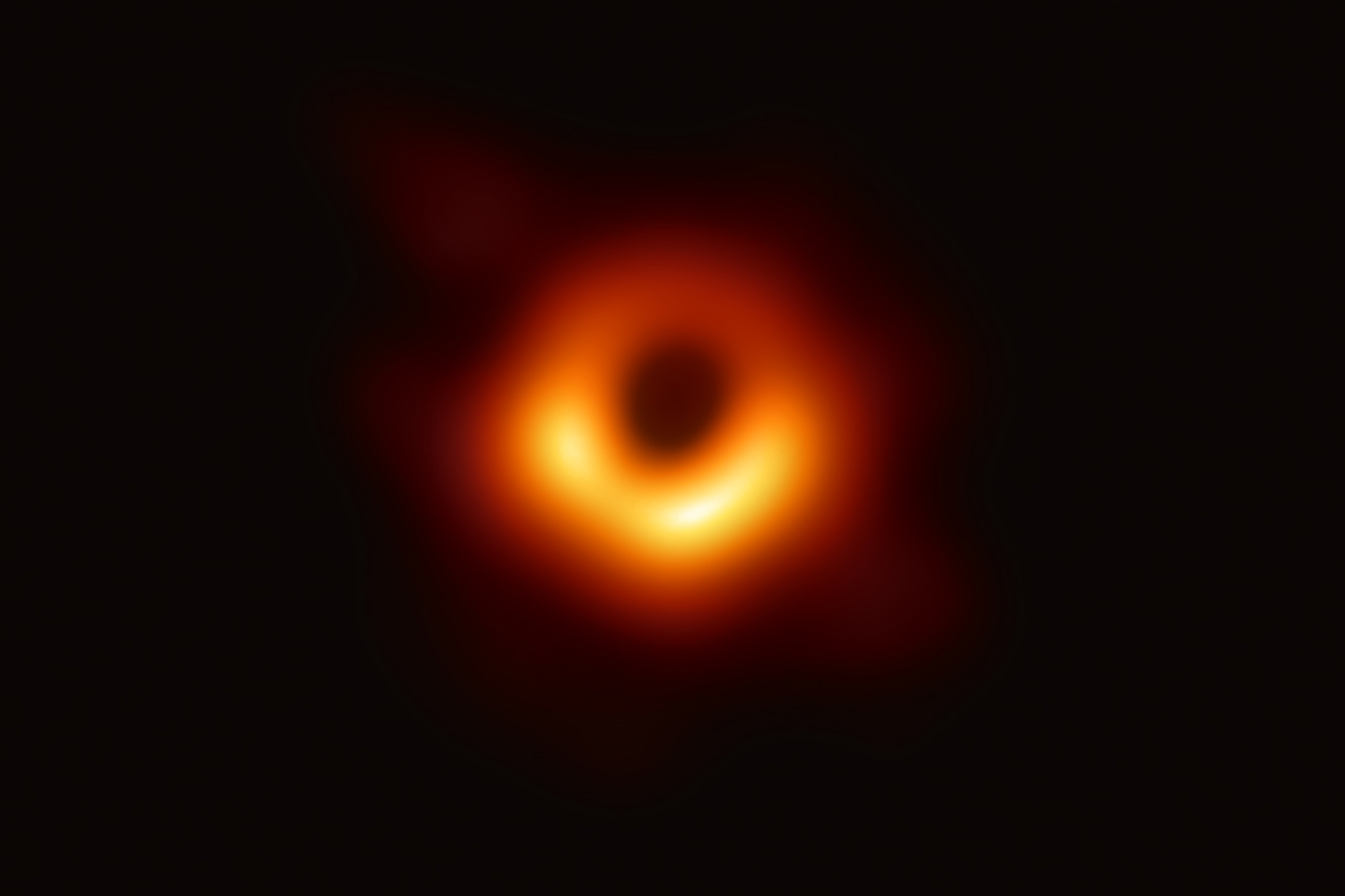
Einstein showed that energy and mass are proportional with his equation E = mc 2. It then appears that the black hole has radiated a particle away. But if the particles appear at the boundary of a black hole’s event horizon, it’s possible for the particle with negative energy to fall into the black hole, while the particle with positive energy escapes. These particle pairs usually immediately annihilate one another. Because energy cannot be created from nothing, one of the particles will have positive energy and the other negative. Those fluctuations manifest as pairs of particles - a particle and an antiparticle - that pop into and out of existence throughout the universe.

While empty space may seem devoid of energy, it isn’t - according to quantum mechanics, the energy of a vacuum fluctuates slightly over time. (Physicists are still working to develop a unified theory of quantum gravity.) In 1974, Stephen Hawking proved that, from a quantum perspective, escape from a black hole is possible, though it is very slow.

But this so-called point of no return fails to take quantum mechanics into account. At least, that’s what our current understanding of gravity dictates. The material that crosses a black hole’s horizon is lost forever, as nothing can escape the grip of these gluttonous monsters. “It wants to hide but it does a pretty bad job of it sometimes,” says Sheperd Doeleman, a black hole researcher at Harvard University and director of the Event Horizon Telescope, which snapped the first photo of a black hole in 2019.īesides giving a black hole away, the event horizon is also the key to a black hole’s death. Friction among the dust generates heat, causing the accretion disk to glow, which outlines the shadow of the black hole - or its event horizon. As material draws closer, it begins to travel faster and faster, piling up around the black hole. They are often surrounded by accretion disks of material they’ve torn apart and sucked close, like water swirling down a drain. A burst of fireworks will light up the universe in the final moments of each black hole, heralding the end of the era.īlack holes survive by gobbling down the gas and stars around them, and it’s their gluttony that gives them away. And when they do, these monsters won’t go gently into the night. Eventually, the ingredients to make these objects will be used up, and the stars in the night sky slowly will wink out, leaving black holes as the universe’s only occupants.īut even the black holes will one day die.

Right now, the universe is in its Stelliferous Era, when stars and galaxies are continuously being born. (A notable exception to this rule is M33, which, despite being the third largest member of our Local Group, appears to lack a central supermassive black hole.) Astronomers now believe supermassive black holes hide within the heart of most galaxies. They range in size from stellar-mass black holes, whose masses can run from five to 100 times that of the Sun, all the way to supermassive black holes, which can reach well over a billion solar masses. Black holes are regions of space-time where gravity rules: The gravitational pull of a black hole is so strong that nothing, not even light, can escape.


 0 kommentar(er)
0 kommentar(er)
